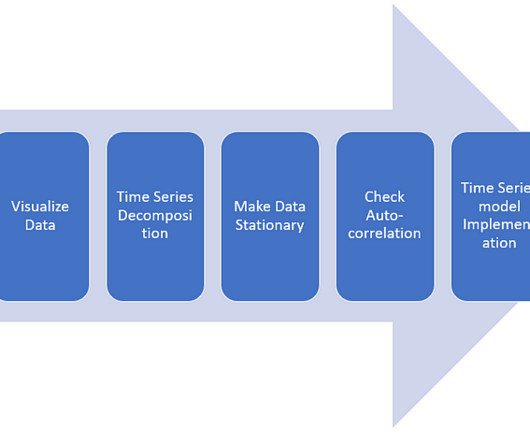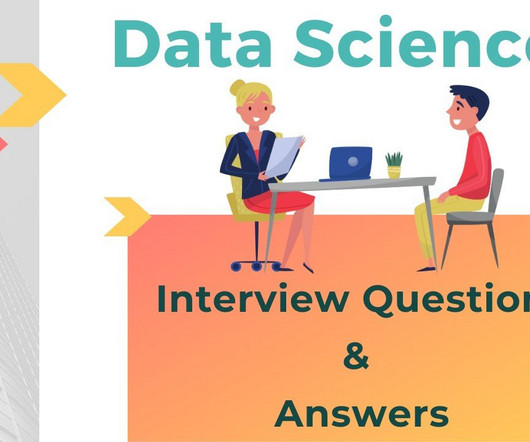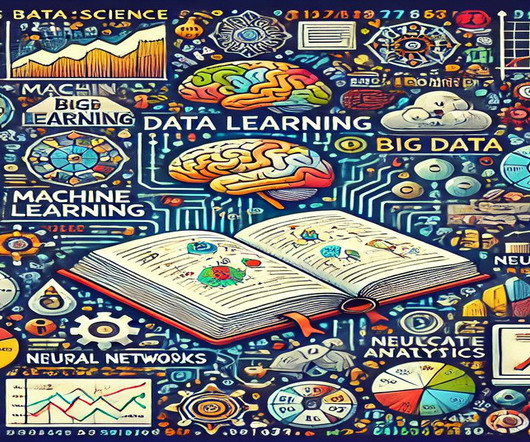Meet the winners of the Kelp Wanted challenge
DrivenData Labs
APRIL 10, 2024
Model architectures : All four winners created ensembles of deep learning models and relied on some combination of UNet, ConvNext, and SWIN architectures. In the modeling phase, XGBoost predictions serve as features for subsequent deep learning models. Test-time augmentations were used with mixed results.














Let's personalize your content